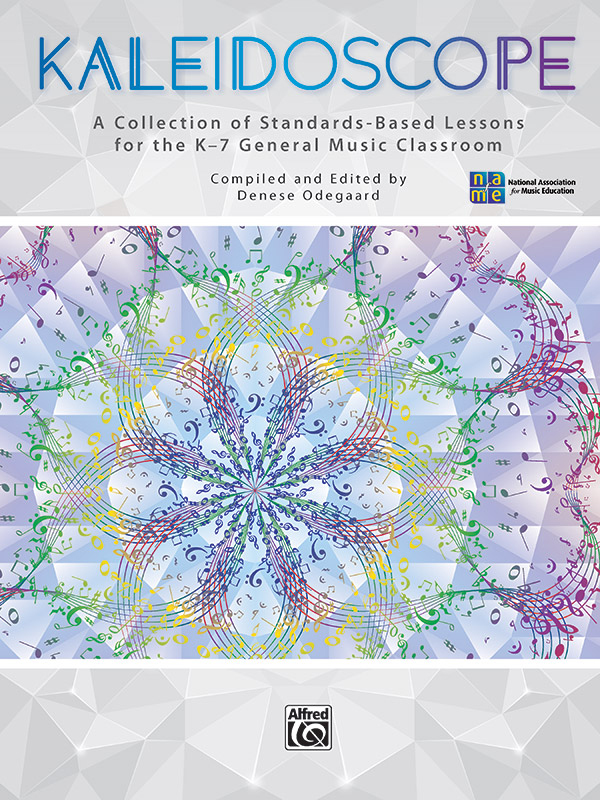
George GershwinĪpparently, Gershwin had completely forgotten about the concert, and four days later he began writing down what would become Rhapsody in Blue. Much to their surprise, the highlight would be a new “jazz concerto” by George Gershwin.

The concert would be attended by a who’s who of the classical music world, including the composer and pianist Sergei Rachmaninoff, the conductor Leopold Stokowski and the violinist Jascha Heifetz, and would showcase new music inspired by jazz. Among its pages Ira discovered an announcement for a concert called “An Experiment in Modern Music” featuring Paul Whiteman’s jazz band on February 12. On January 3, 1924, the Gershwin brothers were up late, George playing a game of pool with a friend and Ira perusing the morning edition of the next day’s The New York Herald. In this post, discover the circumstances surrounding the genesis of this iconic masterpiece. Sarah Wilson generously gives her bandmates plenty of space to contribute and make this a fun, unpredictable listen.On January 4, 5 and 6, conductor and pianist Jeffrey Kahane performs Gershwin’s legendary Rhapsody in Blue in its rarely heard original form for jazz band and piano. There are wildly divergent sounds on this album, all held together by the freshness and exuberance of the playing. African party rhythms crop up on "Presence" and "Go." Schott's guitar stars on both, darting and chipping over exuberant drumming as the rest of the band dances in his wake. The instrumental "Felta Road" carries a pastoral Old West feeling, with Wilson featured as the ensemble lead and lyrical solo player. She also cheerfully chirps over guitar and pizzicato violin to a rural shuffle beat on "Lullaby & Exile". She sings the twangy "Quiet Rust" and the solemn "Young Woman" in an endearingly natural voice, accompanied by swaying guitar and violin on the former and calmly folkish piano. There are also more specific country and folk tunes on the album, especially Wilson's vocal features. Then Jerome Harris' bass bubbles up and Schott's perky licks lead the group in a jazz-funk direction, with the lead instruments playing faster and harder. "The Hit," a more complex piece than the rest, starts out with Matt Wilson carousing on his drums under extended trumpet, violin and piano notes. John Schott, for example, dominates "Color" with a twisty guitar solo set against sawing violin and martial drumming. Wilson sometimes blends into the ensemble sound instead of taking a lead role, letting the other players lead the way and take solo turns.

Wilson's trumpet also takes the lead on the moody "Night Still" before violin and piano stretch out on a dreamlike vibe against a softly undulating bass and drum rhythm. Then the leader steps to the front with a tight, rhythmic solo over guitar. The title track, "Kaleidoscope," begins with a quiet, lilting theme traced out playfully, first by Schott, Melford and Harris, then with Wilson and Burnham added. The resulting music has a similar feel to the Americana-flavored work of players such as Bill Frisell, Hank Roberts and Jenny Scheinman but with its own unique sense of community and adventure. All of them have shown similarly eclectic interests in the past, and interact well with Wilson's trumpet playing and singing, in varying combinations. Wilson has a top flight group of collaborators here, Charles Burnham on violin, John Schott on guitar, her mentor, Myra Melford on piano, Jerome Harris on bass and Matt Wilson on drums. That is reflected in the wide range displayed on this aptly-titled CD which draws as much from folk music, classical music, African pop and indie rock as it does from jazz.

Trumpeter Sarah Wilson has had several unique experiences throughout the development of her musical career, such as writing music for dance productions and puppet shows.


 0 kommentar(er)
0 kommentar(er)
